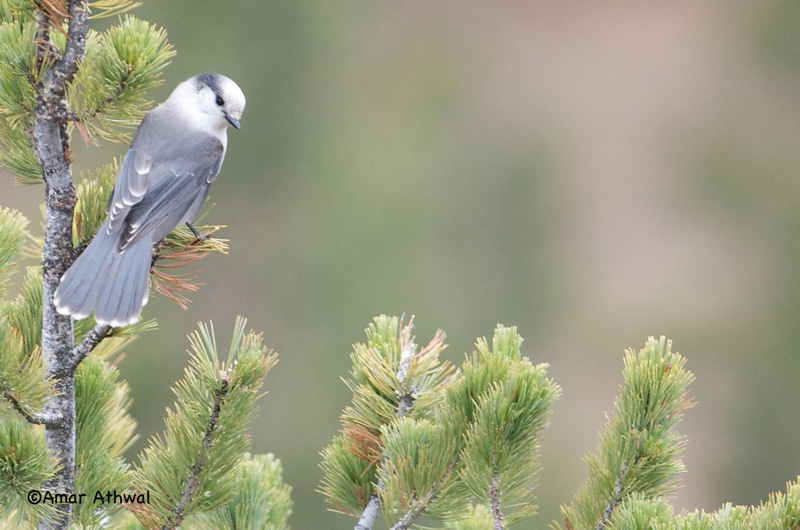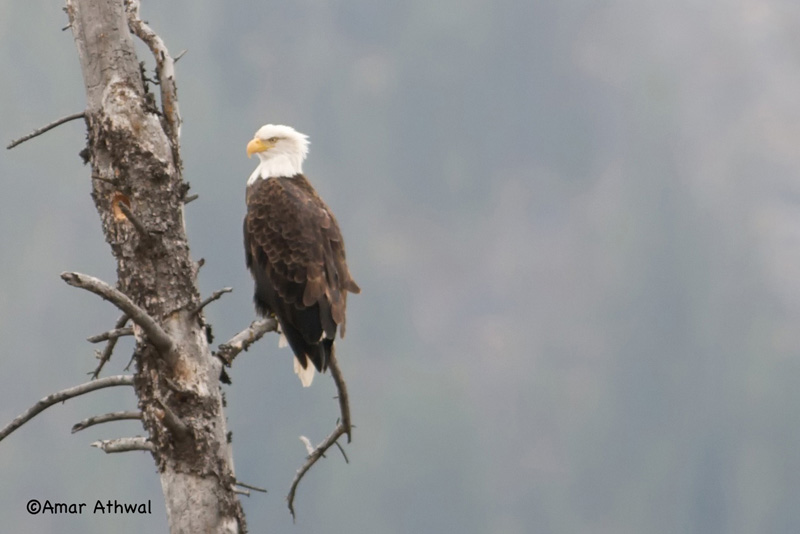The Committee on the Status of Endangered Wildlife in Canada (COSEWIC) was created in 1977. An advisory panel to the Minister of Environment and Climate Change Canada, made up of wildlife biology experts from various backgrounds across Canada. They assign risk categories to flora and fauna included in its current mandate. In 2003, COSEWIC was established as an advisory body for the Species at Risk Act (SARA). When the official list of wildlife species at risk is established, the federal government will take COSEWIC designations into consideration. Thereby, wildlife species qualify for legal protection and recovery under the Species at Risk Act.
Currently, limper pine has no status under SARA, but has an endangered status under COSEWIC as of November 2014. A pathogen by the name White Pine Blister Rust, Mountain Pine Beetle and climate change are the reasons behind this status. At the current rate of a one percent decline in its population per year, two thirds of mature individuals will be gone over the next 100 years.
Education and conservation work are taking place to help the limper pine population. A keystone species that provides high-fat food sources through its pine nuts for small mammals, bears, and birds, including the Clark’s Nutcracker. This species has a mutually beneficial relationship with limber pine. Nutcrackers can collect as many as 35,000 seeds and carry and cache them in the ground as far as 10 kilometers away. Not all get consumed by the nutcrackers; some are taken by other animals, and the remaining may take root, resulting in new limber pine trees.






